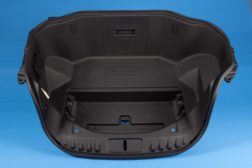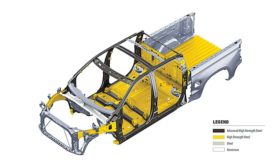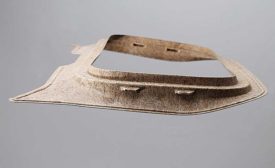Home » automotive lightweighting
Articles Tagged with ''automotive lightweighting''
New Techniques for Joining Steel and Aluminum
Lightweighting is forcing automotive engineers to explore cutting-edge technology.
April 11, 2017
Resistance Spot Riveting
A new joining method for sheet metal combines traditional riveting with resistance spot welding.
January 5, 2017
Assembling Magnesium Parts
Magnesium is strong and lightweight, but it poses problems for fastening and joining.
June 3, 2016
Never miss the latest news and trends driving the manufacturing industry
Stay in the know on the latest assembly trends.
JOIN TODAY!Copyright ©2025. All Rights Reserved BNP Media.
Design, CMS, Hosting & Web Development :: ePublishing










